Float Analysis: Powerful Technical Indicators Using Price and Volume
$17.32
| Author(s) | |
|---|---|
| Pages |
249 |
| Format |
|
| Publication Year |
2002 |
Float analysis allows us to create a model of price,volume,and tradeable shares activity. As a model it does not claim to be the “truth”of all stock price and volume activity. It is, of course, just one point of view among many. But Like any valid model, it has the ring of truth; and to all who listen, float analysis rings rather loudly. Its appeal as a model of stock behavior is threefold. First, it is based on several discoveries that are easy to understand. Second, it is backed up by hard data.And third, it makes common sense.
Introduction:
Float analysis is a holistic approach to studying the technical behavior of stocks. By this Steve Woods means it treats the shares actually being traded as equal in importance to price and volume activity. Thus, price and volume are seen as only two-thirds of the picture,with the number of shares actually traded being the final third that completes the picture.
The power of looking at stocks this way is that it demonstrates a direct relationship between the volume of shares traded in the past and subsequent future movements in price. Thus, float analysis is a powerful tool to predict future stock price movements.
In addition, by studying stocks holistically, float analysis expands and clarifies the definition of several technical terms. These include bottoms and tops, support and resistance, and accumulation and distribution. The first and most important discovery, made in 1993, is a simple concept with profound implications. In order to understand this discovery,we need to know two key terms: float and float turnover. The float is well known to knowledgeable market players.
Contents:
- Watching the Float: The New Look of Price and Volume Charts and Their Relationship to a Stock’s Future Price Direction
- Ten Breakthrough Discoveries That Will Change the Way You Analyze Stock Charts
- Technicals 101: How to Understand—and Profit from—the Indicators
- Support and Resistance Redefined: Creating a Model of Stock Behavior That Brings Results
- Successful Strategies That Made My Stock Portfolio Grow Tenfold in Sixteen Months
Float Analysis: Powerful Technical Indicators Using Price and Volume By Steve Woods pdf
15 reviews for Float Analysis: Powerful Technical Indicators Using Price and Volume
Clear filtersOnly logged in customers who have purchased this product may leave a review.

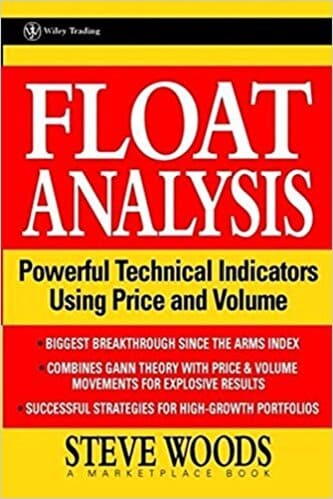


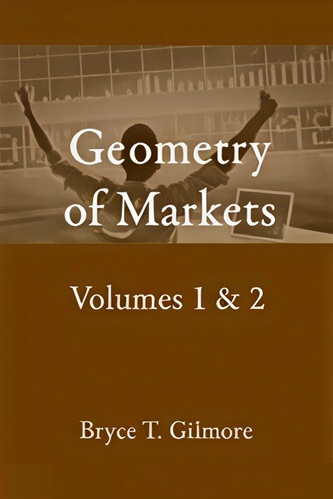
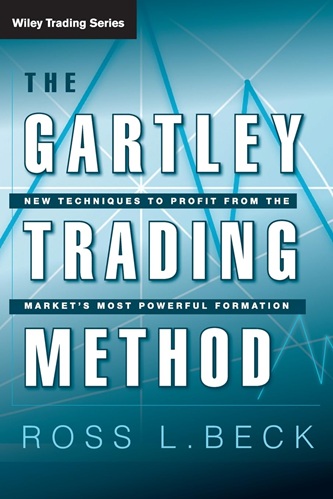
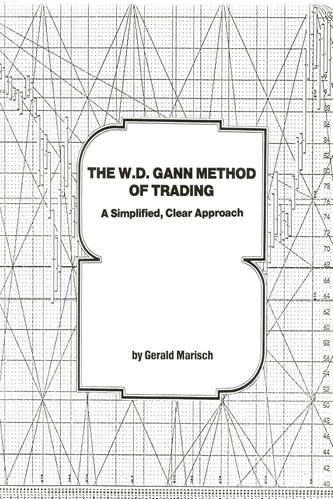
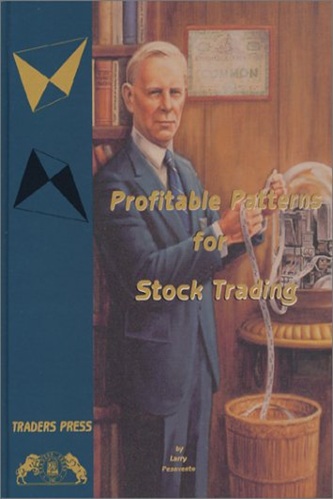

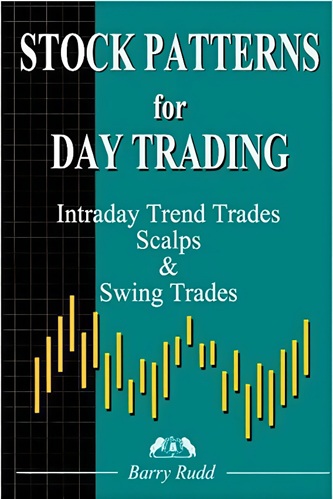
Samara Burgess (verified owner) –
Clear cut analysis
Kolton Zamora (verified owner) –
This is a great book showing a new way of looking at volume analysis to identify trend reversal, breakout from tops and bottoms. Float analysis can be used as one of the volume tools in idetifying stocks that are ready to make move. The author also has a great website […] with a copy of the original an article on the subject published in “Technical Analysis of Stocks and Commodities” magazine. This is a must read book for any serious investor interested in Technical analysis.
Xavier Howe (verified owner) –
This is a remarkable book for a number of reasons. First, it lucidly presents an entirely innovative look at the meaning of price and volume relationships and how stock prices move in response to changeover in ownership of the “float.” Second, it presents an entirely new and eminently useful set of technical indicators that effectively identify stocks that are poised to make significant price moves. Finally, the book is richly detailed with numerous charts that not only illustrate the principles presented but also validate the methodology proposed. I highly recommend this book. It will change your thinking forever about why stock prices change and what moves the market.
Princeton Carpenter (verified owner) –
I find this book to be outstanding. It is a hard book to put down, you will want to read the whole book before you stop reading. You will want to buy an extra copy to give as a gift if you have a serious trading friend. This book is a classic and is a must read for anyone who wishes to study volume in regards to stock. The information given is unique. The book not only covers buy signals, but also covers sell signals. Woods reveals one of the best techniques I’ve ever seen for telling how to get out of volatile high momentum stocks on fast run ups. The book also gives very solid information on expected reversal, support and resistance levels.
Sierra Collins (verified owner) –
As an avid reader of financial publications and a student of the financial markets, I read “The Precision Profit Float Indicator” by Steve Woods with great excitement and utter disbelief. Excitement that this new (to me) indicator may be the “missing link” for me being able to achieve an above average rate of return in trading the markets. And, disbelief in the fact that the basic concept is so simple and is based upon so much common sense that it has been overlooked by all the brilliant financial minds for so many years. It appears that Mark Twain’s statement that “the only thing not so common is common sense” is certainly valid in this situation. I am firmly convienced that financial market authors will soon place Mr. Wood’s name along side those of Mr. Gann and Mr. Elliott for their respective unique discoveries. It is strongly suggested that prospective readers of “The Precision Profit Float Indicator” keep an open mind while reading this unique publication. Mr. Woods’ fine work gives new meaning to the statement that “fact is sometimes stranger than fiction!”
Trey Novak (verified owner) –
This book explains that there is 2 types of stock owners, stupid and smart. Using the author’s techniques, you can become one of the smart people and find out when a stock has bottomed–buy up the shares from the stupid people. Once the stock goes up, you can tell where it will peak–you now sell out to the stupid people. I strongly endorse this book for many reasons. Here they are:
1. It can help increase your returns
2. It uses many graphic aids so you can see what the author is explaining
3. The author is a great guy and is willing to help you if you ask him (contact him at FloatAnalysis.com).
4. The author spends his own time for you. He created a FREE newsletter that lists possible buy candidates along with their buying point. This newsletter greatly reduces the time it would take you to do alone by many HOURS.
Buy this book, read it.
Persephone O’Connor (verified owner) –
After reading the book, I have mixed feelings; this may be a brilliant new concept or a mathematical gimmick. What I can say is that this book comes with no software code. That costs considerable more. If you use Tradestation and can’t code the concepts from the book yourself, your next book should be Professional Stock Trading by Mark Conway and Aaron Behle. They have a chapter on Float Trading with their adaptation of the Float Box, Float Channel, and Float Percentage. Also included is a trading system based on these concepts.
Lilly Chambers (verified owner) –
The book proposes an interesting concept of analyzing float turnovers, although it may not be easy to implement the method in most of the commercially available stock analysis softwares. The 100 examples in appendix A are so outdated that many of the stocks are not existing any more and you cannot use your own software to do the backtesting yourself.
Madilyn Alvarez (verified owner) –
With fairness in mind, I must say that this book is both informing and yet another money-trap for you.
First of all; this writing is good because it takes a subject (A Stocks Float) and explains its` important role, and gives the reader a little more education on buying and selling power in the markets.
For all this, the book is great. However! Don’t be fooled into thinking you are getting a tool or anything you can use in your market analysis. If you are a MetaStock language programmer or in some other high end platform of securities analysis, you can build your own indicator with the scant information given in the book.
Or you can shuck out about … bucks and get a ready made indicator system that will make all your dreams come true.
If you are not a language programmer, or don’t want to spend another five hundred on top of the WhOOPing … bucks for a small under-written book, you better leave it on the shelf. You are better off just getting on-line and type in (Stocks Float) or the like and you can get a better education for a lot less money.
I have the book on my shelf. It collects dust. Save you money for a better education else ware.
Molly Richardson (verified owner) –
It didn’t let me GET-RICH-QUICK! Ha! But, Taught me something.
Robert Rosas (verified owner) –
For several years, I always thought that there was a missing dimension to trading stocks and wondered how certain stocks go up so fast compared with others. When trading IPOs, one always looks at the stock’s float because if it’s very small, then the price move can be explosive in some cases.
The first thing I did was program all of the float indicators in TradeStation and even devised some of my own based on the ideas in the book. The whole idea of the float turning over at critical turning points turns out to be valid. As Steve Woods points out, float analysis in and of itself is not a solution, but if you pay attention to the trend of the float channels and have some kind of market analysis tool for short-term direction, then it is a gold mine.
Ana Dejesus (verified owner) –
I’m not sure why this book is so expensive everywhere. I read the book and it’s interesting to think about the float in regards to the volume, but honestly in todays online program trading, I just don’t think it is a applicable. It does help a bit with understanding overhead supply of a stock.
Orion Andrews (verified owner) –
Very unique book. I was aware of his theory and wanted the book to really get it. I have enjoyed it.
Wade Harper (verified owner) –
I bought this book a good while back … but found that I really don’t use it to make trading decisions. But it contains interesting concepts and makes for interesting reading. And while I don’t use its material in any specific or explicit way … I think the ideas have value and I’m glad to have had the opportunity to consider the perspectives it presents. I would recommend it in this way … but I wouldn’t recommend it as a truly viable explicit trading method … I think there are many other better ways to make trading decisions.
Miles Black (verified owner) –
Fairly Rare book